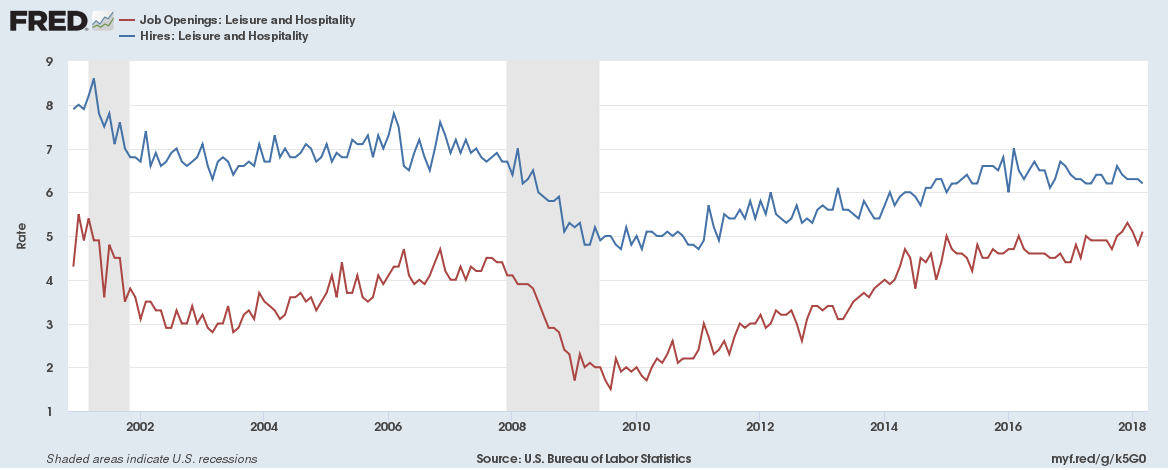September 11, 2016
In a Sunday editorial the Washington Post touted the strength of the economy. While it got some things right, it also showed some serious confusion.
At the top of the list is its concern for the declining labor force participation rates for prime-age men (ages 25–54). This is not a men’s problem, there has also been a comparable decline in the employment rates for prime-age women. (Employment rates are a better measure than participation rates because many people who are not working continue to look for work as long as they are eligible for unemployment benefits. With stricter eligibility rules in place now than a quarter century ago, a smaller share of the non-employed are counting as unemployed. Using the employment rate gets around this problem.)

As can be seen, the employment rate (EPOP) for prime-age women is down by more than 2.0 percentage points from its pre-recession level and more than 4.0 percentage points from its 2000 peak. This drop is especially striking since the EPOP for women had been rising in the late 1990s and was projected to continue to rise by the Social Security Trustees, the Congressional Budget Office and most other forecasters.
The fact that the EPOP has fallen for prime-age women, and not just men, indicates that the problem is not some peculiarity of prime-age men, but rather a lack of demand in the labor market. This could be remedied by increasing demand in the economy, but this has been prevented by deficit hawks, like the Washington Post and the various Peter Peterson-funded organizations and their followers in Congress. In fact, even in this piece, the government debt is listed as a major problem in spite of the fact that the burden of debt service is near a post-war low.
The obsession of these deficit hawks with debt has cost millions of jobs and imposes a huge austerity tax on our children by reducing the rate of growth of the capital stock and therefore the future potential of the economy. It is difficult to think of any policy that has been more destructive for our economy.
It is also worth noting one other item in this editorial. To try to make a case for strong wage growth, the editorial cites the Atlanta Fed’s median wage index which examines the wages of full-time workers who have been at the same job for more than a year. This index has risen more than 3.0 percent over the last year, compared to a 2.4 percent increase in the average hourly wage. Less than half of all workers fall into the category considered by the Atlanta Fed. If this group of workers is seeing wage increases that is more than the average, the implication is that the rest of the workforce is seeing wage increases that are less than the average.
It’s not clear what the Post hoped to show by using this index rather than the average hourly wage series, but it clearly does not show that wage growth is stronger than generally believed. It’s also worth noting that wages have outpaced overall compensation in recent years as employers have been cutting their payments for workers’ benefits (mostly health care).







Comments